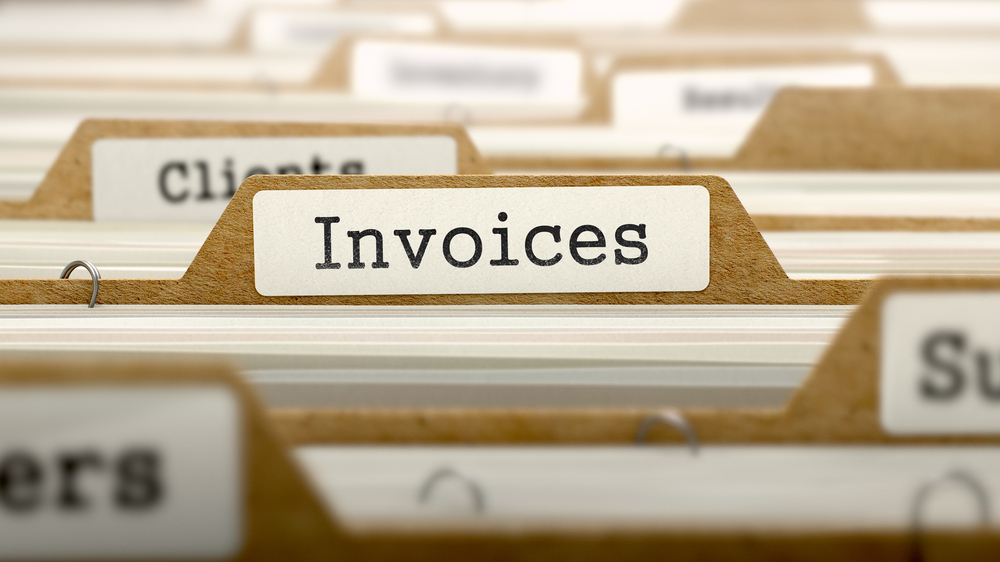November 18, 2022
 by Adam Miller / November 18, 2022
by Adam Miller / November 18, 2022

Supplier crossovers are the new business order.
An invoice processing strategy controls invoice workflows by expediting third-party transactions over a specific time frame. Consistent payments mean regularized supplies, which aids in sales growth.
From capturing invoice details to verifying POs to final cash audits, accounts payable automation software can manage every cornerstone of a successful supplier relationship. Efficient usage of bandwidth saves resources, which increases economic profit.
Invoice processing is a step-by-step payment mechanism by the accounts payable department to settle unpaid dues of suppliers or vendors. Invoice processing streamlines a company's working capital by receiving supplier invoices, processing them, and paying them off to level net profit.
First, the details of the invoice are verified against PO or sales receipts. Then, they are logged into a cash register or financial spreadsheet. The spreadsheet is shared with the approver, who takes their own sweet time. Once the approval comes, the invoice acquiesces to the payment stage. As most of these steps run in silos, suppliers don't receive their checks on time.
The invoice process automation tool automatically extracts invoice details with OCR and triggers a custom AP automation workflow for further approval routing. Approval workflows are only triggered once the invoice gets cross-checked against the purchase order.AP automation system integrates with financial platforms via APIs to remit necessary payments. Finally, details are transferred to the GL handbook. which helps during audits.
As discussed above, invoice processing has several steps, from when the invoice is received to the enterprise resource planning (ERP) system input until the record adds up to the general ledger.-png.png?width=600&height=660&name=Copy%20of%20Cycle%20(6)-png.png)
While there is no standard accounts payable department, the following workflow is typical when they're defined:
Tip: The invoice should contain the following details after document verification:
Tip: If an invoice says "net 30 days", it means the deadline is due 30 business days from the date of the invoice. S me suppliers also offer early discounts, like "2/10 net 30" which means 2% off if you pay in 10 business days.
Did you know? Focused research and data predict that the market will cross $24.7 billion, at a CAGR of 20%.
Source: Bodmin
When looking for areas of improvement for invoice processing, it's important to benchmark key performance metrics that other companies follow for streamlining their invoice workflows.
Not sure where to start? Here are a few (key performance indicators) KPIs to help you understand the way companies should analyze invoice processing:
An accounts payable automation tool works in accordance with this flowchart. It processes large volumes of invoice data and financial transactions between companies and external suppliers.
While switching from a manual system to a digitized system, a few best practices need to be kept in mind. Small maneuvers in your software can help you streamline bigger challenges.
Two-way and three-way invoice matching is a multi-step invoice verification process that helps in the following aspects. Both of these techniques are used to affirm whether the invoice generated by the supplier is genuine or not.
-png.png?width=600&height=375&name=Copy%20of%20X%20vs%20Y%20Template%20(26)-png.png)
Two-way matching is when an accounts payable specialist verifies that the goods and services ordered through a purchase order are reflected in the invoice. Some companies take this process a step further by performing three-way matching.
Three-way matching includes verifying the purchase order and invoice with the receiving documents. These documents are typically either packing slips, sales receipts, shipment documents, or order receipts.
Even if 2- or 3-way matching is performed hundreds of times, executives miss important dates, values, or formulas that ultimately cost a fortune.
Invoice processing has progressed dramatically over the last few years through AP automation solutions. Companies have been able to reduce manual labor costs, accelerate invoice turnaround, and improve opportunity costs.
Automated solutions help log invoice entries in the general ledger and streamline month-over-month audits much faster, to cut back on human errors. Managing finances smartly always attract future investments and venture capitalists. It allows users to easily create and send invoices with customizable templates, automatic calculations, and payment tracking features.
Many organizations now envision artificial intelligence techniques like computer vision to detect invoice categories and sort them for supplier or vendor details. Over the next couple of years, this would come to fruition.
The more punctual you are with payments, the better your stance would be in the vendor market. One bad word-of-mouth can potentially derogate your standing for years, and depreciate your in-service assets. So, it's better to clear your dues on time and establish a good reputation.
Optimize your expense management operations at every stage of the procure-to-pay vendor cycle with accounting software.
Adam Miller is a Marketing Manager at SoftWorks AI, an automation company that leverages computer vision and artificial intelligence to streamline complex business processes.
Suppose you are receiving invoices from various suppliers and see that your purchase order...
.jpeg) by Marissa Levin
by Marissa Levin
Regardless of a company's size, the accounts payable (AP) department fulfills an essential...
 by Kayla Matthews
by Kayla Matthews
Electronic invoicing (e-invoicing) is the exchange of computer-readable payables data between...
 by Caroline Roberts
by Caroline Roberts
Suppose you are receiving invoices from various suppliers and see that your purchase order...
.jpeg) by Marissa Levin
by Marissa Levin
Regardless of a company's size, the accounts payable (AP) department fulfills an essential...
 by Kayla Matthews
by Kayla Matthews


